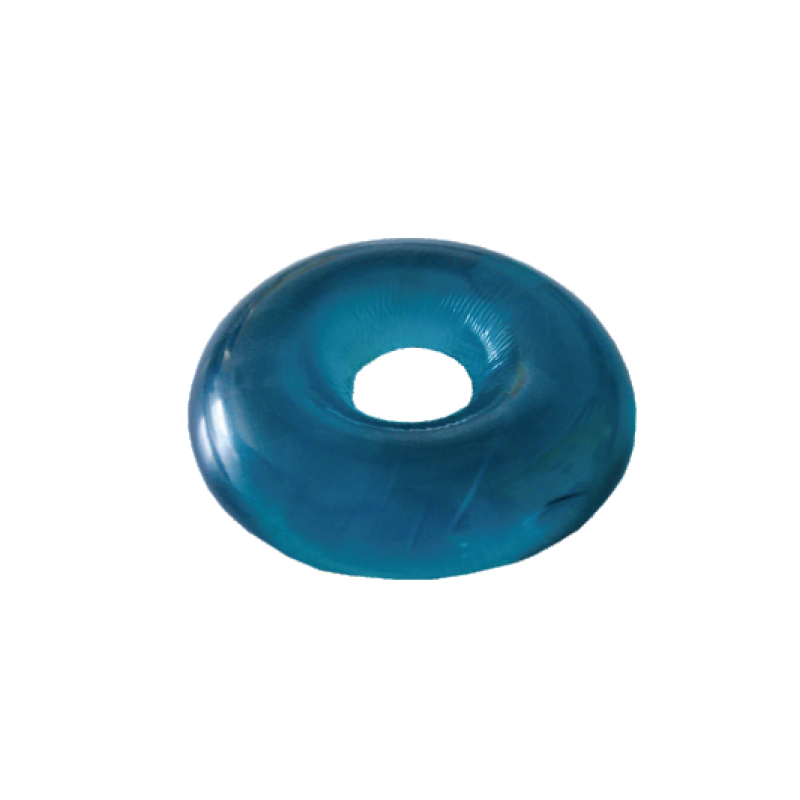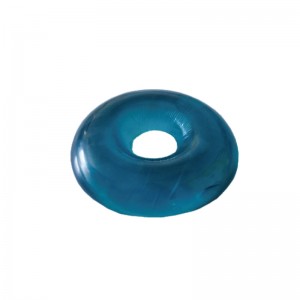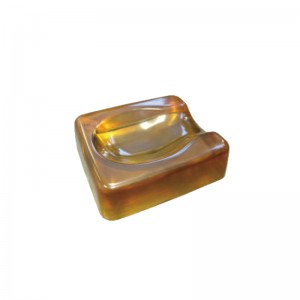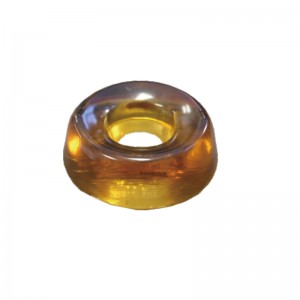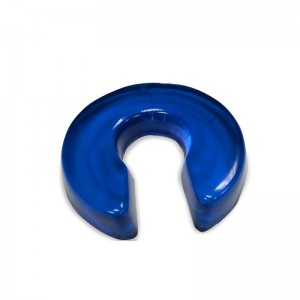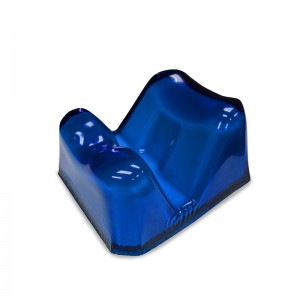
Closed head positioner ORP-CH2
Closed head positioner ORP-CH2-01
Model: ORP-CH2-01
Function
1. Protects head, ear and neck. Applied in supine, lateral or lithotomy position to support and protect patient's head and avoid pressure sores.
2. It can be used in many surgical procedures such as neurosurgery and ENT surgery
| Model | Dimension | Weight | Description |
| ORP-CH2-01 | 21.5 x 21.5 x 4.8cm | 1.23kg | Adult |
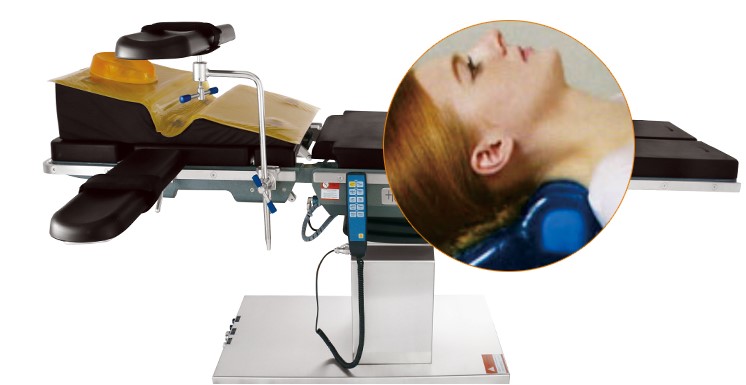
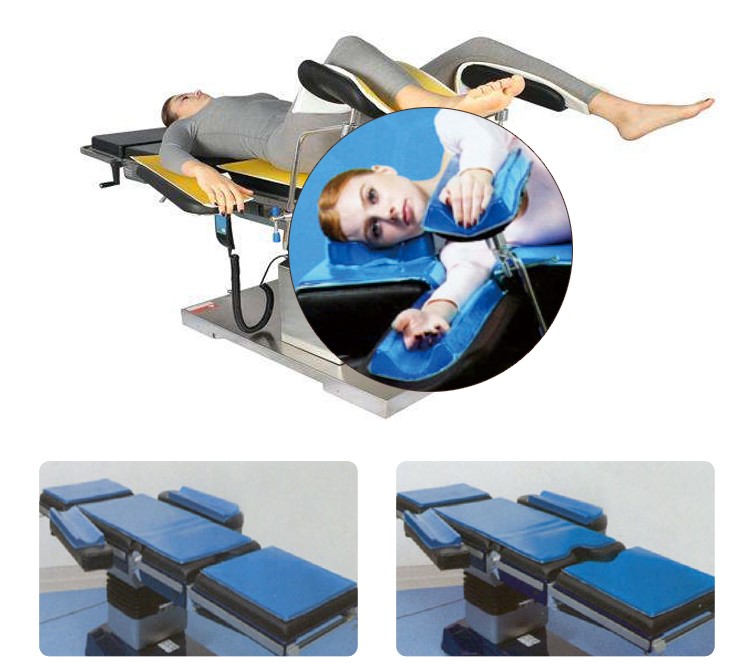
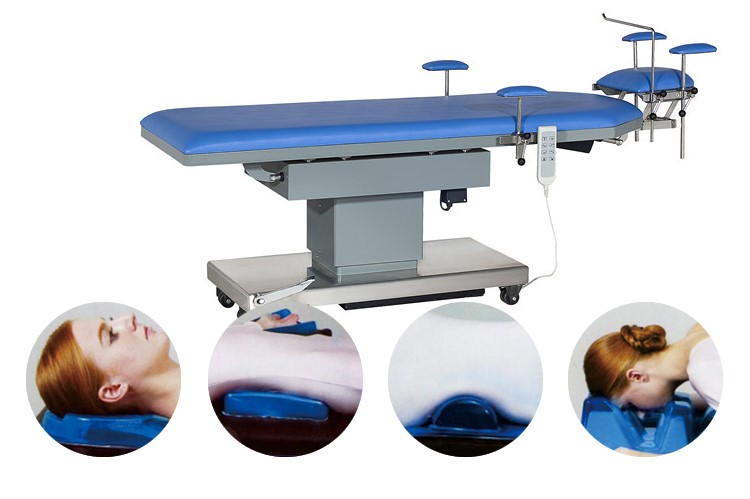
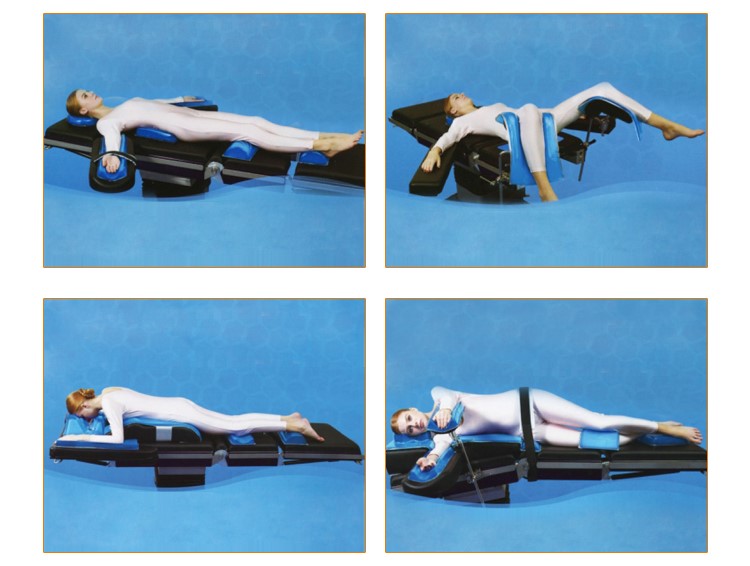
Product parameters
Product Name: Positioner
Material: PU Gel
Definition: It is a medical device which is used in an operating room to protect patient from pressure sores during surgery.
Model: Different positioners are used for different surgical positions
Color: Yellow, blue, green. Other colors and sizes can be customized
Product characteristics: Gel is a kind of high molecular material, with good softness, support, shock absorption and compression resistance, good compatibility with human tissues, X-ray transmission, insulation, non-conductive, easy to clean, convenient to disinfect, and does not support bacterial growth.
Function: Avoid pressure ulcer caused by long operation time
Product characteristics
1. The insulation is non-conductive, easy to clean and disinfect. It does not support bacterial growth and has good temperature resistance. The resistance temperature ranges from -10 ℃ to +50 ℃
2. It provides patients with good, comfortable and stable body position fixation. It maximizes the exposure of the surgical field, reduce the operation time, maximize the dispersion of pressure, and reduce the occurrence of pressure ulcer and nerve damage.
Cautions
1. Do not wash the product. If the surface is dirty, wipe the surface with a wet towel. It can also be cleaned with neutral cleaning spray for better effect.
2. After using the product, please clean the surface of the positioners on time to remove dirt, sweat, urine, etc. The fabric can be stored in a dry place after drying in a cool place. After storage, do not put heavy objects on top of the product.
Closed head positioner can be used in lateral position.
Lateral position
The lateral position is when the patient is positioned on his or her left or right side. For lateral positioning, the operating bed remains flat. The patient is anesthetized and intubated in the supine position and then turned to the unaffected side. In the right lateral position, the patient lies on the right side with the left side up (for a left-sided procedure) the left lateral position exposes the right side.
The patient is turned by no fewer than four people to maintain body alignment and achieve stability. The patient’s back is drawn to the edge of the operating room bed. The knee of the lower leg is flexed slightly to prove stabilization, and the upper leg is flexed slightly to provide counterbalance. The flexed knees may require padding to prevent pressure and shearing force. In addition, a large, soft pillow is placed lengthwise between the legs to take pressure off the upper hip and lower leg and therefore prevent circulatory complication and pressure on the peroneal nerve. The ankle and foot of the upper leg should be supported to prevent footdrop. Bony prominences should be padded.
The patient’s arms may be placed on a padded double arm board, with the lower arm palm up and the upper arm slightly flexed with the palm down. Blood pressure should be measured from the lower arm. As an alternative, the upper arm can be positioned on a padded Mayo stand. A water bag or pressure reduction pad under the axilla protects neurovascular structures. The shoulders should be in alignment.
The patient’s head is in cervical alignment with the spine. The head should be supported on a small pillow between the shoulder and neck to prevent stretching the neck and brachial plexus and to maintain a patent airway.

